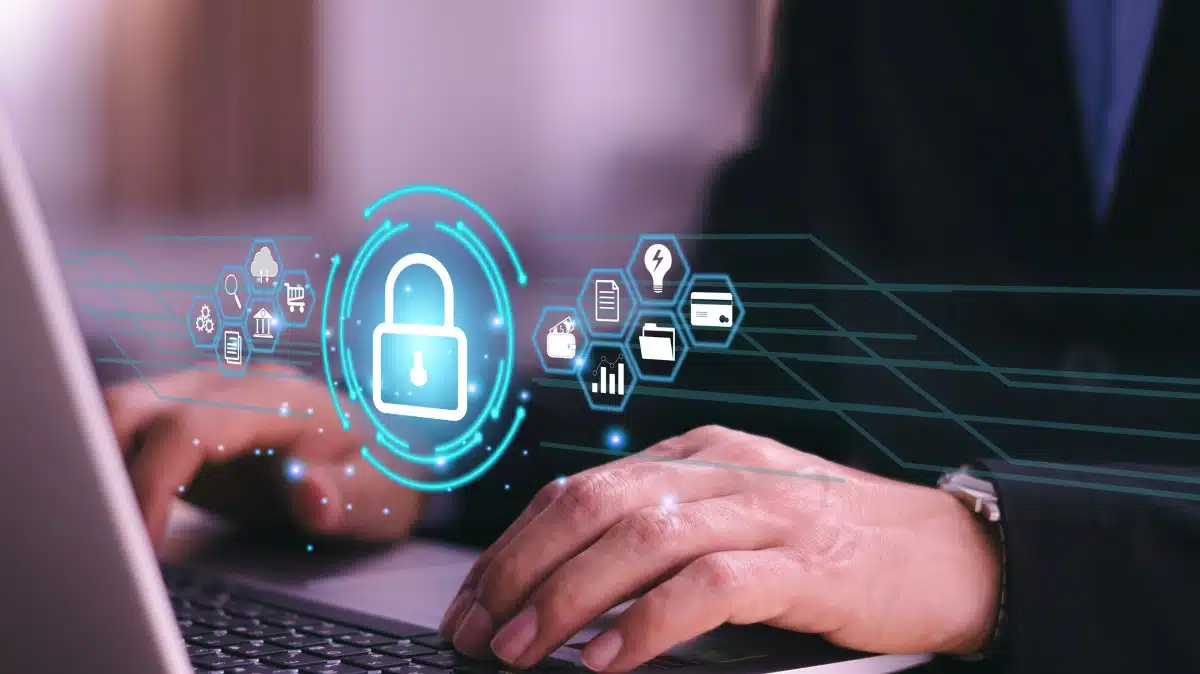The Importance of Cybersecurity Culture for Your Organisation

When people hear “cybersecurity”, they think tech. Firewalls, encryption, anti-virus - the usual suspects. But the real strength of your security doesn’t come from code or servers. It comes from people. A good culture around cybersecurity isn’t a “nice-to-have”; it’s the difference between resilience and risk. Because even the most advanced systems can’t protect you from an employee clicking the wrong link at the wrong time. It’s human behaviour that either fortifies or fractures your defences.
Why Culture Beats Technology Every Time
Cyber threats evolve constantly, faster than any policy manual can keep up. What doesn’t change is how people think and behave at work. A strong cybersecurity culture means employees instinctively pause before sharing a file, question a suspicious message, and take ownership of protecting data. Without that, even the best tech stack becomes fragile. We often think of culture as soft, human, emotional - and in this case, that’s precisely why it’s powerful. People respond to stories, to belonging, to trust. You can’t patch your way to that.
It’s About People, Not Protocols
You can’t build culture by handing people a checklist. Rules are fine, but they don’t inspire responsibility. What does? Empathy. When employees understand that a data breach doesn’t just mean downtime but potentially impacts real people - colleagues, customers, families - the stakes feel tangible. That emotional connection transforms “company security” into our security. And that’s when people start taking it seriously. The language around this matters too. Swap the jargon for something relatable. Instead of “adhering to encryption standards”, talk about “keeping private information private”. It’s human, not corporate, and far more memorable.
Leaders Set the Tone (Whether They Mean To or Not)
If a CEO shrugs off a phishing simulation or shares their password with an assistant, that behaviour ripples through the entire organisation. Culture is contagious, and people copy what they see. Senior leaders need to model curiosity, caution, and openness. Ask questions. Admit when something looks suspicious. Celebrate small wins - like someone reporting a dodgy email before it spreads. Those moments signal what’s valued. The aim isn’t perfection; it’s participation. When leadership treats cybersecurity as a shared mindset rather than an IT function, employees start to mirror that attitude.
From Compliance to Curiosity
Traditional training often fails because it’s dull. Slides, policies, endless bullet points - you can almost feel people’s eyes glazing over. Instead, imagine security learning that’s interactive, story-driven, maybe even playful. Quizzes, short videos, real-life scenarios. When employees experience how quickly a breach can happen, it sticks. You’re not just teaching them rules; you’re rewiring instincts. Compliance happens once a year. Culture happens every day. Shift the goal from “do this” to “think like this”. The change is subtle but game-changing.
Empowering, Not Policing
Too often, security gets framed as control - what staff can’t do, which websites they can’t visit. It creates a divide: IT as the enforcer, everyone else as the potential problem. That dynamic kills ownership. A healthy cybersecurity culture flips it. It empowers people to make smart decisions, gives them tools to report risks easily, and recognises that mistakes will happen. Fear breeds silence; trust breeds transparency. And in cybersecurity, silence is the real danger. Create an environment where speaking up feels safe, and you’ll find out about issues long before they become disasters.
Tailoring Culture to Fit Your People
Every organisation is different. What engages a creative agency won’t land in a financial firm. The key is understanding your teams - their pace, their pressures, their preferred ways of communicating. Some respond to storytelling, others to clear data. Use both. Blend logic with emotion. Security isn’t just a system; it’s a shared belief. That’s why tailored engagement consultancy services make such a difference. They help design initiatives that actually resonate, embedding security into your people’s daily rhythm rather than forcing it as an extra task.
Normalising the Conversation
Cybersecurity shouldn’t only come up when there’s been a breach. It should feel as normal as talking about wellbeing or workplace safety. Mention it in team meetings, newsletters, even onboarding chats. The more it’s woven into everyday conversation, the less intimidating it feels. Over time, awareness becomes automatic. That’s when you know culture is working - when people think about security without needing to be told.
Making Security Human (and a Bit Humble)
Let’s be honest: nobody’s perfect. We’ve all clicked a weird link or reused a password at some point. Pretending otherwise just builds shame. A strong culture accepts human fallibility but channels it into improvement. If someone slips up, use it as a learning moment, not a disciplinary one. Mistakes aren’t proof of failure; they’re proof that your system involves humans. And that’s fine - as long as those humans feel supported enough to act fast when something goes wrong.
Culture Is the Real Firewall
Ultimately, cybersecurity culture isn’t about fear. It’s about shared responsibility. It’s the quiet, consistent trust that everyone’s watching out for each other - not because they have to, but because they want to. Tools and tech evolve, threats mutate, but a strong culture? That endures. The businesses that thrive will be the ones who see cybersecurity not as a task, but as part of who they are. Build that mindset early, reinforce it often, and lead with empathy. The safest organisations aren’t just protected by systems - they’re powered by people who care.
